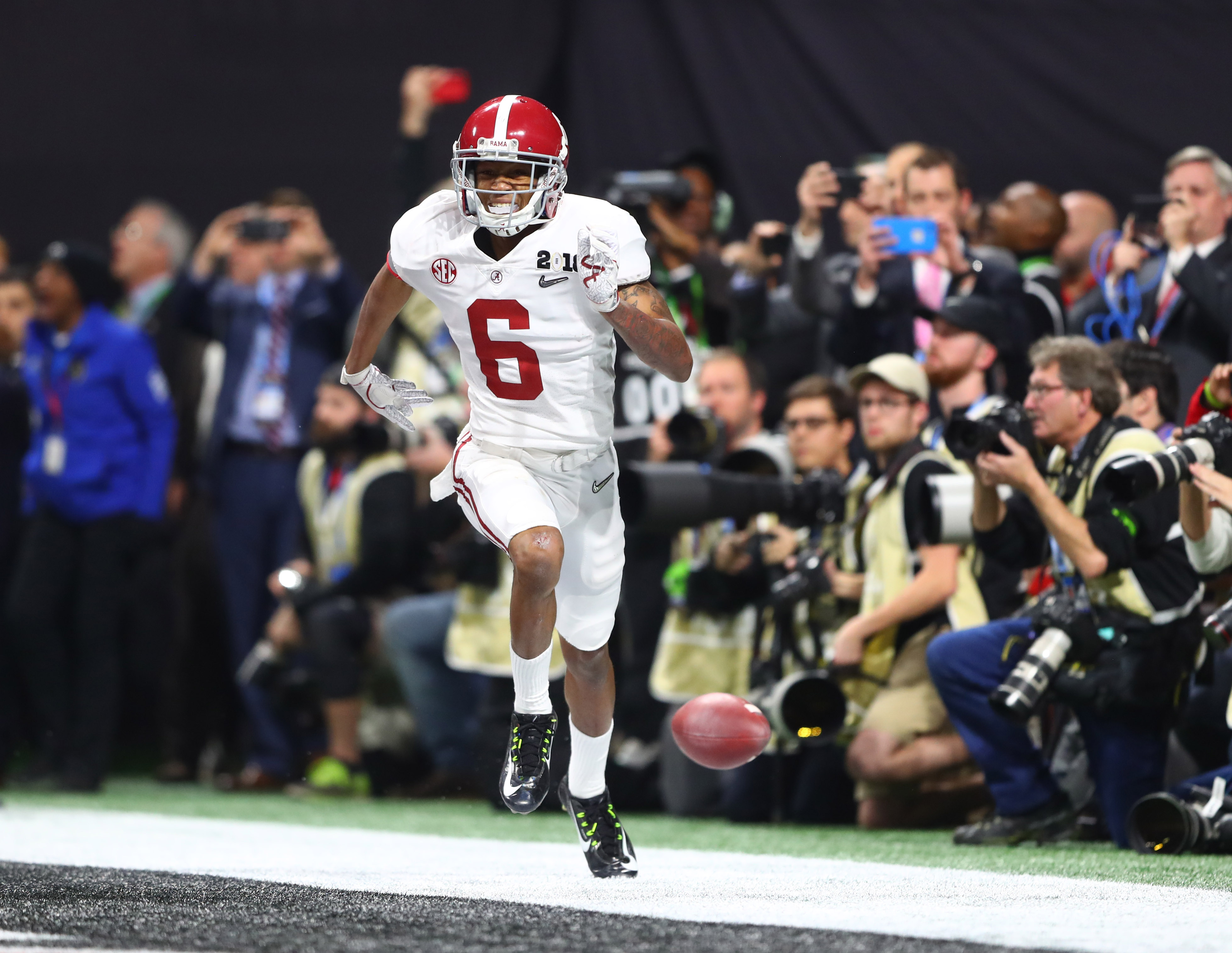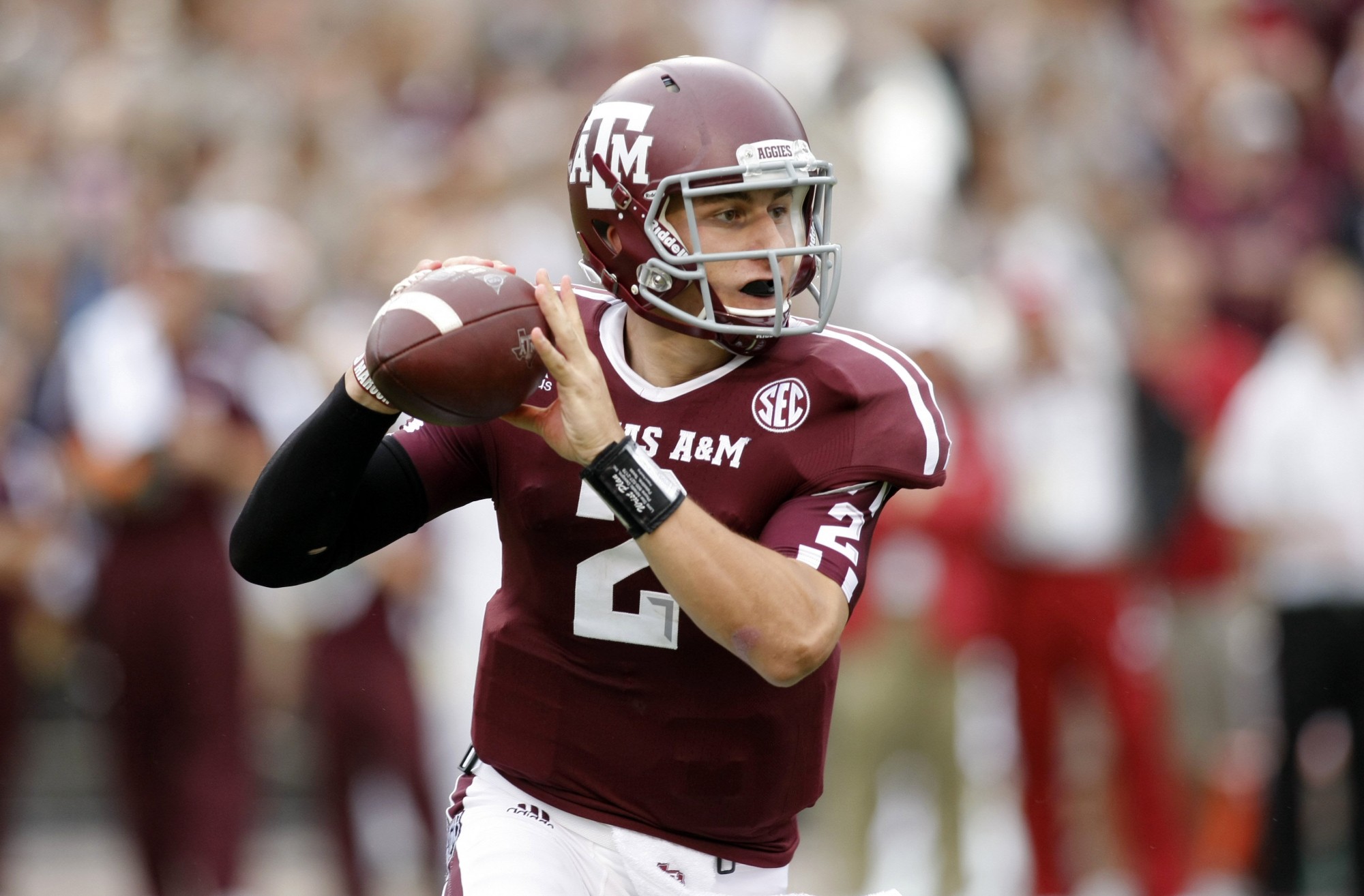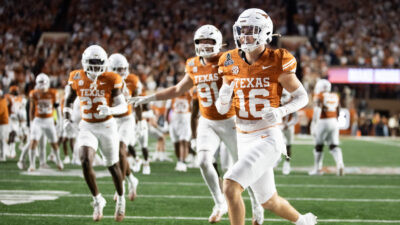
Player safety is the obvious emphasis in college football rule changes for the 2018 season.
New rules covering blocks below the waist, fair catches on kickoffs and even the length of players’ pants are meant to reduce injuries.
Blocks below the waist
The most complex set of new rules, laid out by the National Football Foundation, concerns blocks below the waist.
Here is a video demonstrating which low blocks are still legal and which ones are supposed to be called penalties in 2018:
The gist is, players can still block below the waist while the football is between the offensive tackles, but they have to do so from the front — basically it is the “10 and 2” principle.
Low blocks beyond 5 yards of scrimmage have been eliminated, for both offensive and defensive players. Defensive players can block this way 5 yards behind the line as well. Also, crackback blocks (going away from the direction of the ball) are illegal, even from the front. The same goes for peelback blocks, so no player can block below the waist going toward his own end zone outside of the tackle box.
Fair catches on kickoffs
Kickers have taken to perfecting “pooch” kicks to pin a returning team inside the 10-yard line, essentially daring the returner to try to bring it past the 25-yard line, which is where the ball comes after a touchback. Well, the NCAA wants to put this pooch to sleep. Now if a returner fields a kick inside the 20-yard line, he can opt to signal for a fair catch and a touchback will be called, so the possession will start at the 25 just as it would when the kicker boots it into the end zone. This should reduce the number of kickoffs, which are among the most dangerous plays in football.
Length of pants
This one is pretty simple. Pants must include knee pads, and the pants and pads must cover the knees. The intention is to reduce knee injuries and even cuts from when a player is struck on the lower leg by a helmet or other object like a yard marker. If a player fails to do so, the official will call it illegal equipment and the player must leave the field for one play. So if Alabama’s DeVonta Smith (top image) scores another national championship-winning touchdown, he’ll show less knee while doing so.
Other changes
- The NCAA has an eye on the length of college football games. The median number of plays run by each offense per game in 2017 was 72. In 2016, the average game took 3 hours, 24 minutes. So now the 40-second clock will start immediately after a touchdown, reducing the time before the point after. Likewise, after the ensuing kickoff, the 40-second clock will start immediately, counting down before the first offensive play of the drive. The goal is to reduce dead time.
- If a team makes a field goal and the opposing team commits a personal foul or unsportsmanlike conduct penalty, the team which scores can keep the three points and get 15 yards marked off for the penalty on the ensuing kickoff. Before, a team had to choose to either decline the penalty or accept the 15 yards but take the points off the board. This means the rule is now the same for both touchdown plays and field goals.
- Officials can wear small cameras in their caps during game play at their discretion, as long as their conference and both competing teams approve.
Longtime newspaper veteran Jim Tomlin is a copy editor and writer with SaturdayDownSouth.com.







